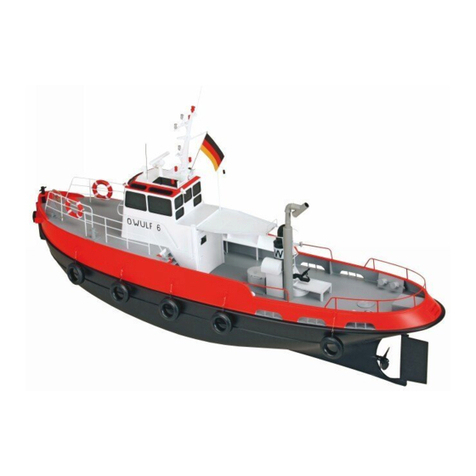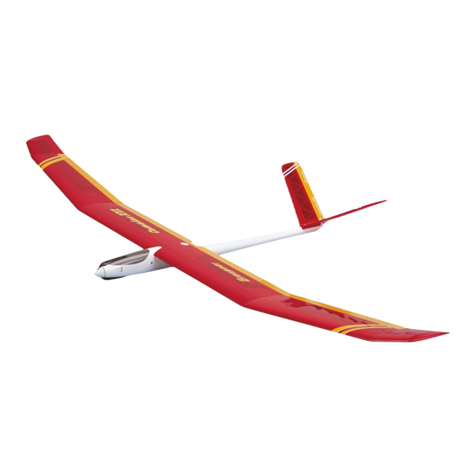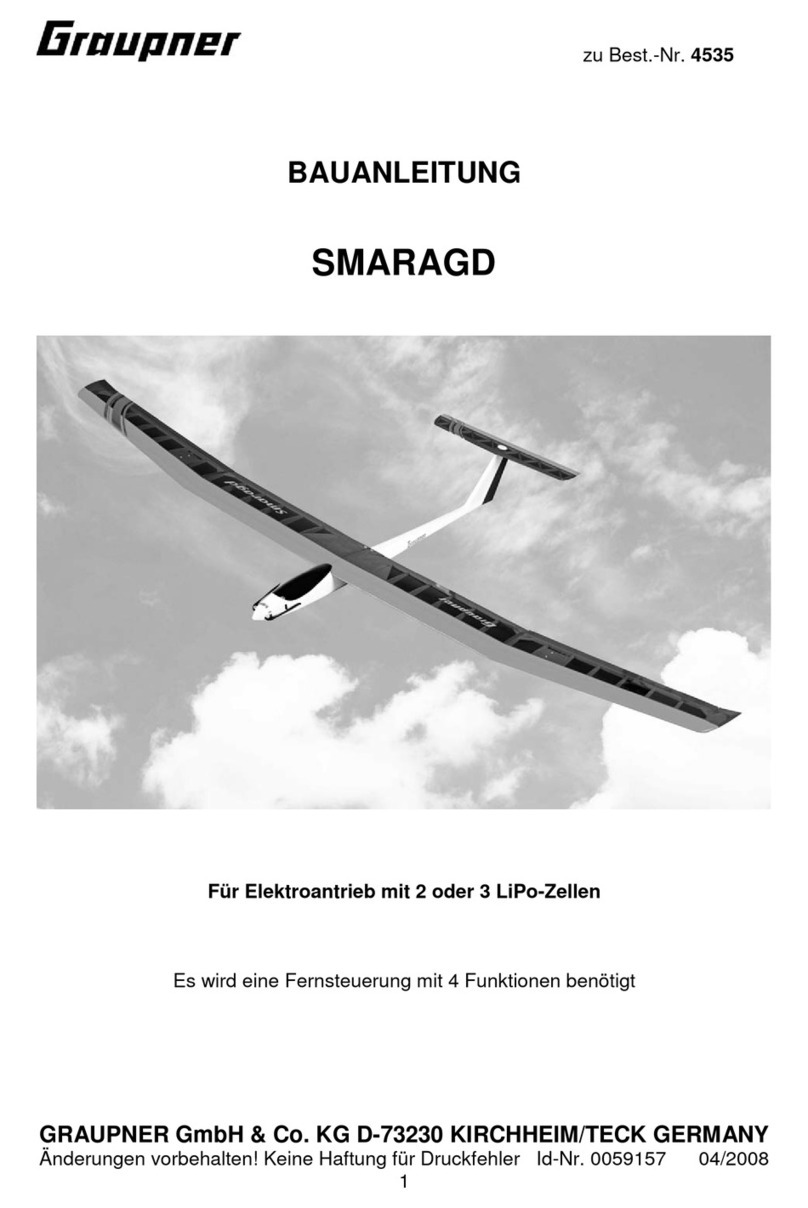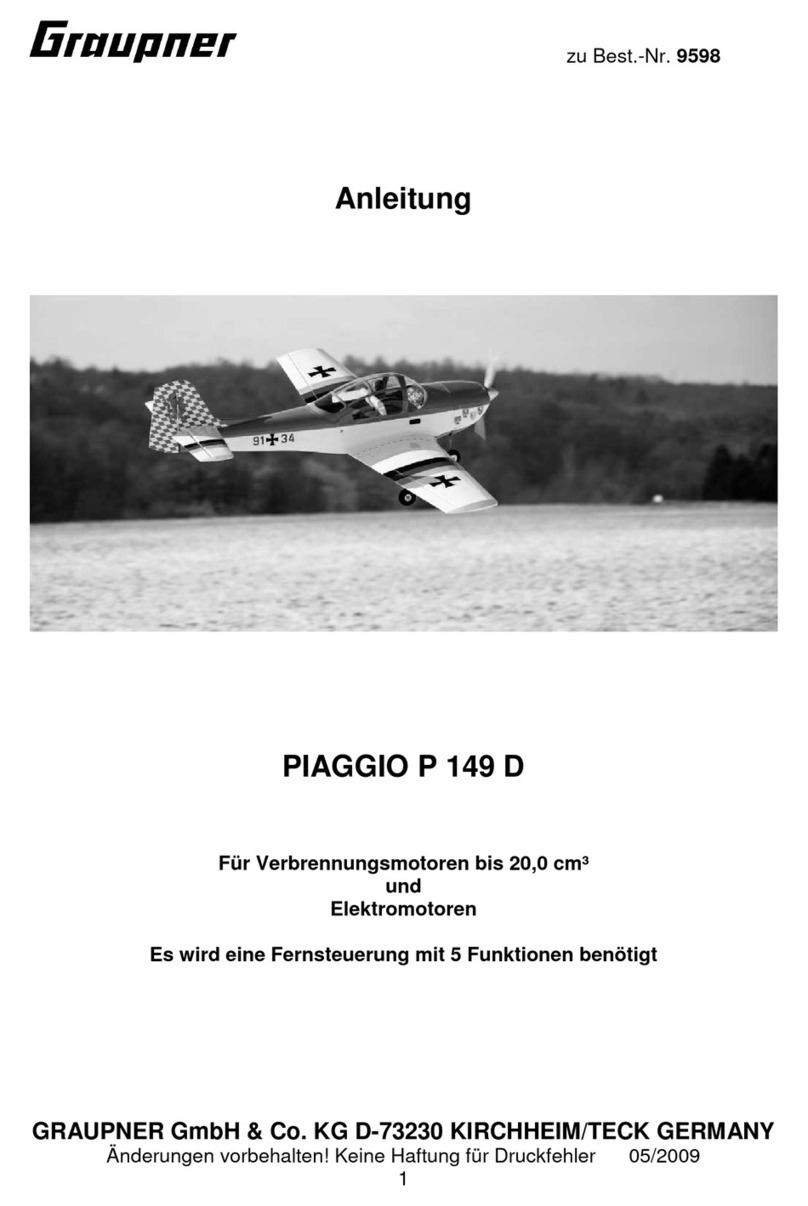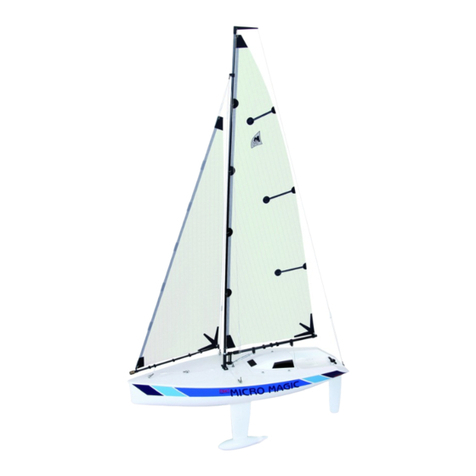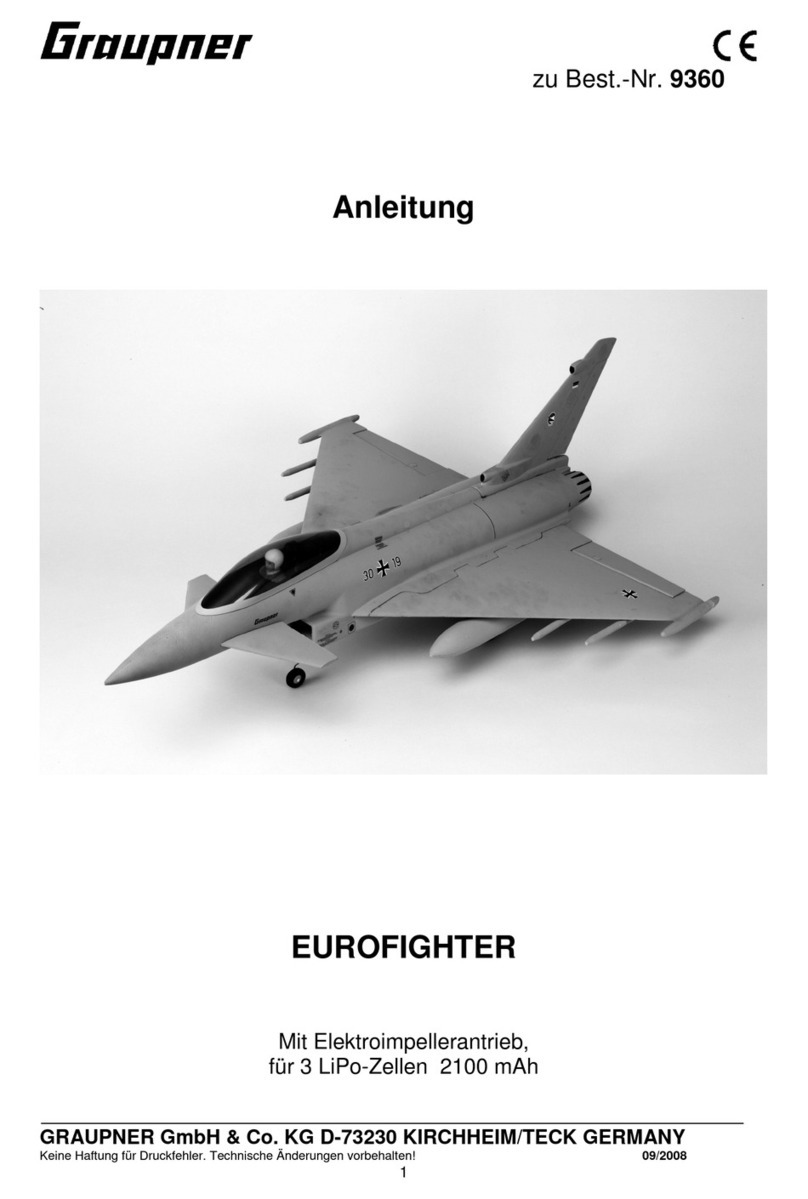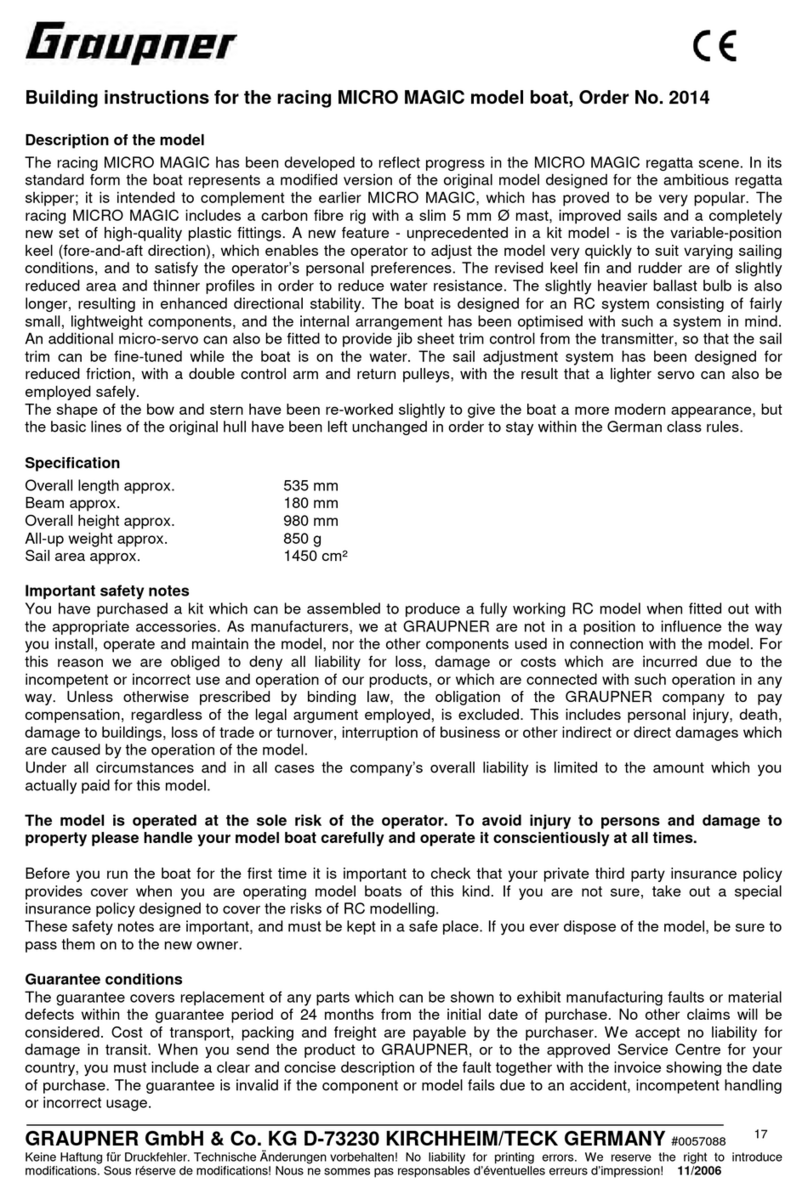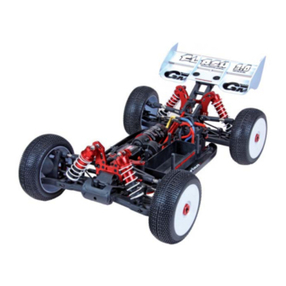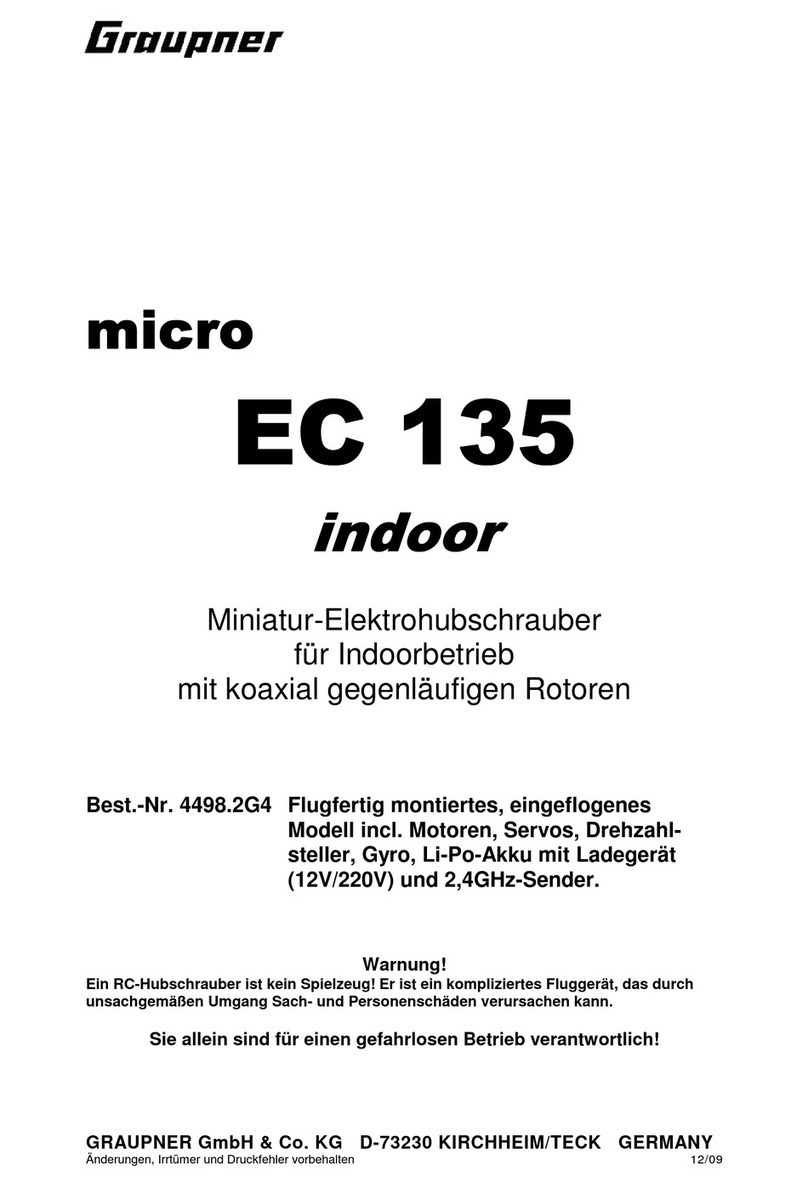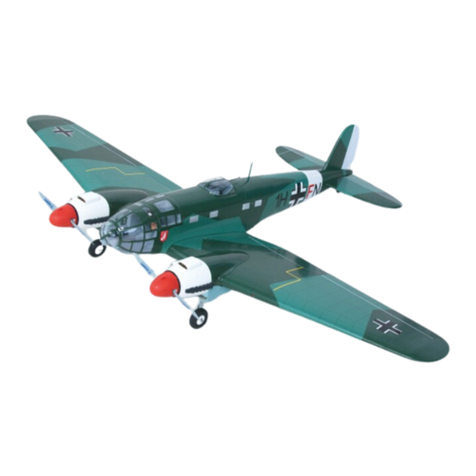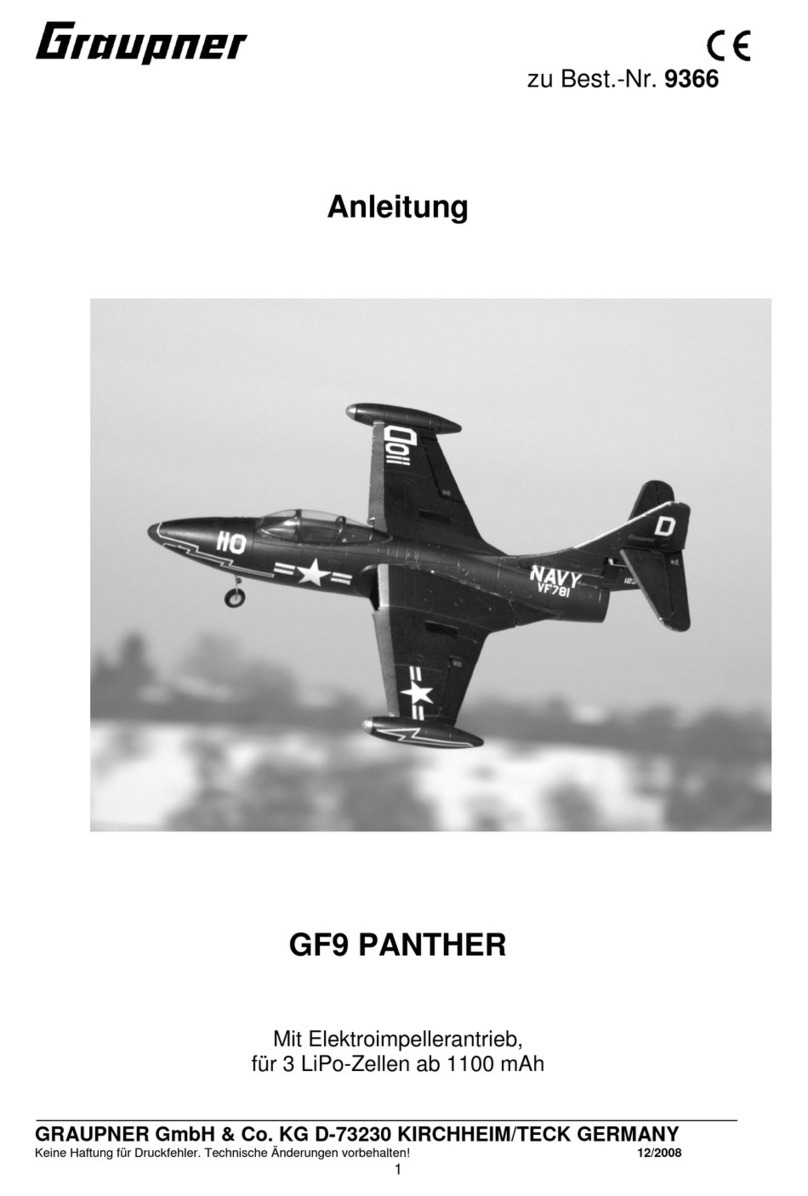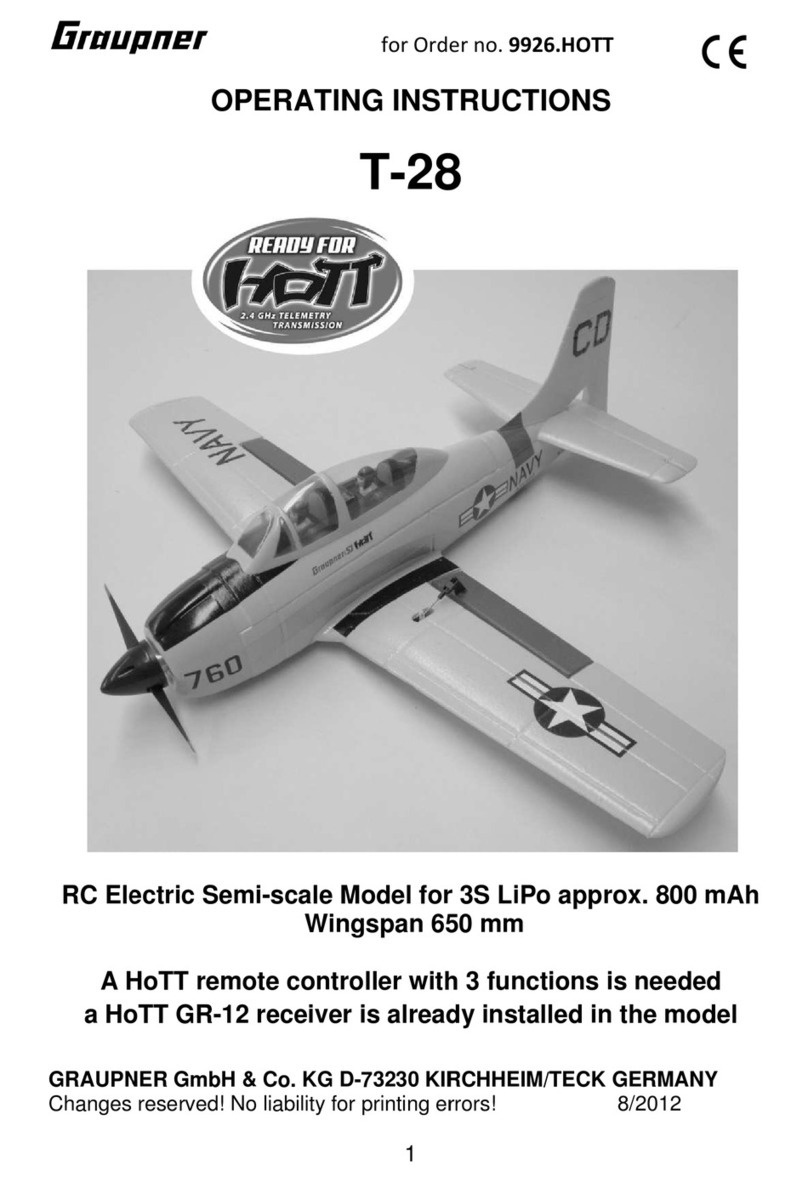
GRAUPNER GmbH & Co. KG D-73230 KIRCHHEIM/TECK GERMANY
No liability for printing errors. We reserve the right to introduce modifications. 02/2007
5
• All model flyers should behave in a manner which minimises the danger to
people and property. Never act in any way which will disturb other flyers and
jeopardise safe, orderly flying at the site.
• In legal terms our models are classed as aircraft, and as such are subject to
legal regulations and restrictions which must be observed.
• Our brochure “Modellflugrecht, Paragrafen und mehr” (Model Aviation Law,
Legal Requirements and more) is available under Order No. 8034.01, and
contains a summary of all these rules. Your local model shop should have a
copy which you can read. For models powered by internal-combustion
engines it is essential to obtain the landowner’s permission before flying.
There are also Post Office regulations concerning your radio control system,
and these must be observed.
• Please don’t misunderstand the purpose of these notes. We only want to make
you aware of the many dangers and hazards which can arise if you lack
knowledge and experience, or work carelessly or irresponsibly. If you take
reasonable care, model flying is a highly creative, instructive, enjoyable and
relaxing pastime.
• This model is highly pre-fabricated and can be built in a very short time.
However, the work which you have to carry out is important and must be done
carefully. The model will only be strong and fly well if you complete your tasks
competently - so please work slowly and accurately.
Important safety notes
You have acquired a kit which can be assembled into a fully working RC model when
fitted out with suitable accessories. However, we, as manufacturers, have no control
over the way you build and operate your RC model aircraft, nor how you install, operate
and maintain the associated components, and for this reason we are obliged to deny all
liability for loss, damage or costs which are incurred due to the incompetent or incorrect
use and operation of our products, or which are connected with such operation in any
way. Unless otherwise prescribed by binding law, the obligation of the GRAUPNER
company to pay compensation, regardless of the legal argument employed, is excluded.
This includes personal injury, death, damage to buildings, damage due to loss of
business or turnover, interruption of business or other direct or indirect consequent
damage whose root cause was the operation of the model.
The total liability in all cases is limited to the amount of money which you actually paid
for the model.
This model is built and flown at the sole and express responsibility of the
operator. The only way to avoid injury to persons and damage to property is to
handle and operate the model with the greatest care and consideration at all
times.
Before you operate the model for the first time, please check that your private third-party
liability insurance policy covers you for the operation of models of this type. If you are
not sure, take out a special policy designed to cover modelling risks.
These safety notes must be kept in a safe place. If you ever dispose of the model, be
sure to pass them on to the new owner.
Manufacturer’s declaration:
